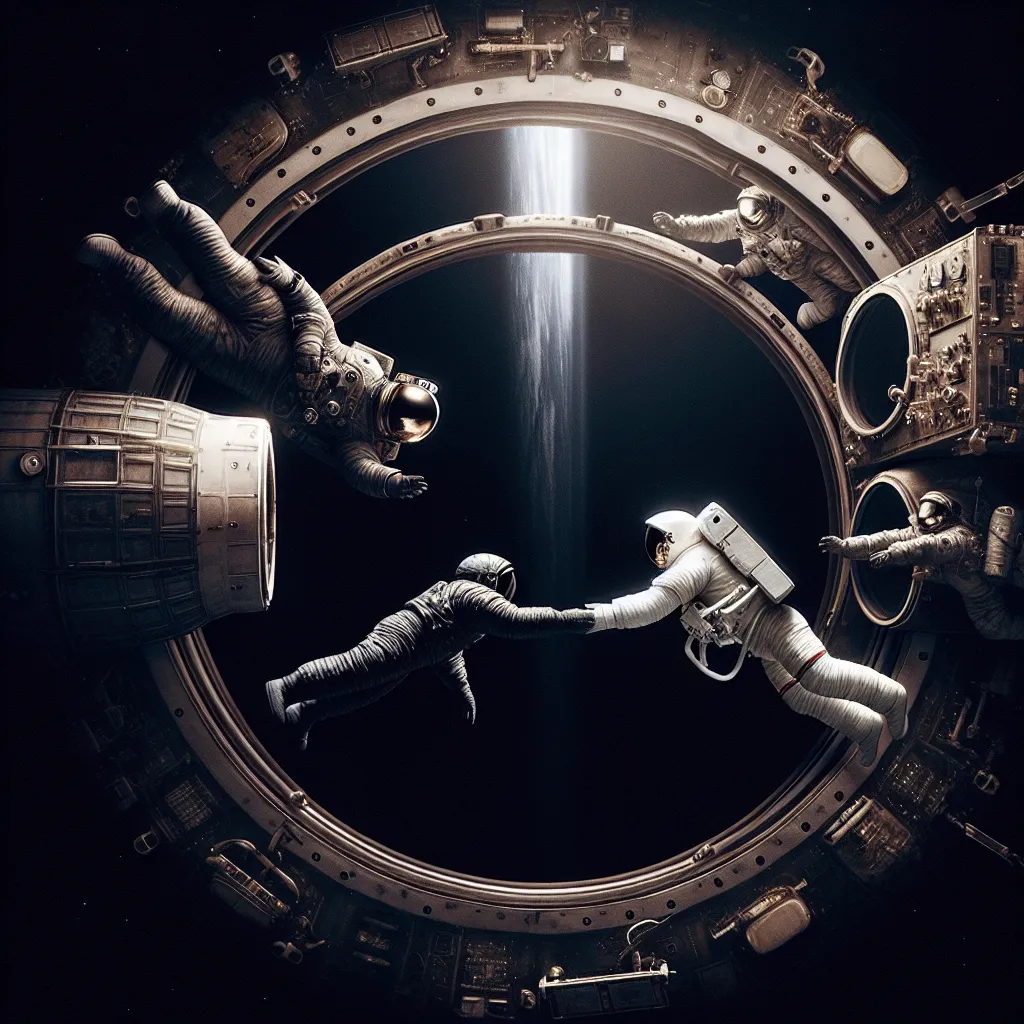On August 24th, the National Hurricane Center in Florida sprang into action. Their hurricane hunter aircraft took off, heading straight for a brewing storm over the Bahamas named Katrina. This was the eleventh storm of a particularly busy season. Katrina, like all tropical storms, fed off the warm, moist ocean air, which it sucked high into the atmosphere before sending it crashing down in a whirlwind of wind and rain.
The hurricane hunters were armed with sophisticated tools, ready to probe into Katrina’s heart. They dropped sensors directly into the storm to gauge wind speeds and air pressure. Flying at 41,000 feet, they captured footage of Katrina while braving its turbulent peripheries. To their astonishment, the storm had already formed a 30-mile-wide funnel of ice and wind, signaling its dangerous potential.
By August 25th, Katrina’s wind speeds had escalated past 74 miles per hour, earning her a promotion to hurricane status. Hours later, she hit Florida’s coast as a Category 1 hurricane. The stormchasers, who were on-site, faced blinding sandstorms and powerful winds. While the hurricane caused flooding, it lost power over land, but this calm was short-lived.
Katrina moved into the Gulf of Mexico, where the waters were unusually warm. America’s top hurricane expert, Iva van Hiren, braced for the worst. As predicted, Katrina intensified rapidly, transforming from a Category 1 to a deadly Category 5 hurricane, boasting the power equivalent to 100 atomic bombs. Katrina was gunning for the Gulf Coast.
Mike Ty, a stormchaser, rushed from Florida to the Gulf to track Katrina’s approach. In Gulfport, he witnessed the hurricane’s double threat - ferocious winds and the deadly storm surge. Hurricanes press down on the ocean’s surface, causing the water to rise dramatically, leading to flooding. Ty watched as waves over 20 feet high surged inland, transforming a hotel lobby into an underwater warzone. The rising water and debris forced stormchasers to seek safety quickly.
New Orleans faced Katrina’s fury head-on. The city is a vulnerable bowl, entirely surrounded by water and lying below sea level. As Katrina passed, it turned the ship canal into a superhighway for water, which breached the levees that were supposed to protect the city.
Africa Brumfeld, a resident, described the terror as floodwaters inundated her home. At first, the sounds were terrifying – like a train on her rooftop. When the lights went out and water started rising, she used air mattresses and pots as makeshift paddles to escape with her family. Hundreds of others found themselves in a similar dire situation. By the second day, 75% of New Orleans was underwater, with thousands stranded.
The aftermath was catastrophic. Over 1,300 people died, and hundreds of thousands were left homeless, disproportionately affecting the poor and black community. The government’s slow response worsened the situation. Survivors witnessed heartbreaking scenes, like a woman being pushed on an interstate in a hospital bed, with no medical help in sight.
New Orleans turned into a depressing sight, a new lake formed by floodwaters. The National Guard eventually stepped in, turning the city into a warzone lookalike. Even today, scars of Katrina’s destruction linger, with high-water marks visible on buildings and memories imprinted in its residents’ minds.






